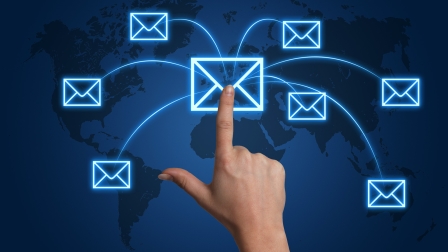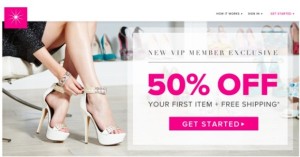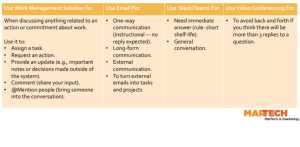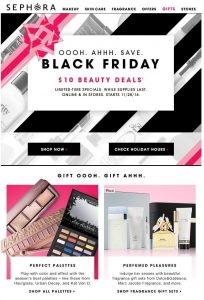How do you send personalized messages without getting too personal? Columnist Scott Heimes discusses ways marketers can engage their email subscribers without overstepping boundaries.
 Personalizing messages through targeted email marketing creates value in customer communications, but sometimes brands can get too personal.
Personalizing messages through targeted email marketing creates value in customer communications, but sometimes brands can get too personal.
Finding the right balance when sending personalized messages to recipients can be tricky. But understanding purchase behavior, knowing when to withhold information and looking beyond opens and clicks will help marketers find that sweet spot.
Understanding purchase behavior
Not all marketers use all of the data available at their disposal to their benefit, especially purchase behavior. But marketers need to be careful when analyzing this data, because it is easy to misinterpret.
For example, if you’re purchasing a gift for someone online, and you begin to receive personalized emails from the site based on those preferences and not yours, there’s a real disconnect there.
Therefore, marketers need to be flexible and able to recognize when the data is sending mixed signals. The marketers who are doing it best are using that purchase data to create a truly personalized experience once the data is differentiated.
Don’t freak people out with too much information
It’s great to have data at our disposal, but marketers need to make sure they are not using it incorrectly. When messages are too personal, it can feel as if the sender is in the recipient’s personal space. Marketers need to find the balance between sending relevant messages to the right recipient without overstepping boundaries.
To do that, segment subscriber lists to help understand when to have one-on-one personalized dialogues or broader conversations with subscribers. Begin with segmenting recipients who have engaged frequently, have occasionally engaged or haven’t engaged at all.
Then, learn how to talk to each of those segments in a way that will resonate most with them. Test your messaging in each of those segments to understand what works best and to make sure your personalized messages don’t go too far.
Look beyond clicks and opens
Clicks and opens are essential for understanding engagement, how your design is performing and how your message, content and overall brand are resonating. But marketers should also be looking at delivery rates. Clicks and opens don’t matter if your email is not reaching the inbox.
Twenty-one percent of wanted emails don’t make it to the inbox. That’s startling for marketers when email is such an important tool for customer communication and ROI.
To increase the number of emails reaching the inboxes of your subscribers, set up email infrastructure correctly, and ensure the content is valuable. Internet Service Providers (ISPs) observe which emails are moved to spam folders and mass-deleted. Therefore, if your mail is consistently being moved to the trash, you are less likely to make it through the spam filter in the future.
Marketers need to focus on valuable and insightful content to ensure deliverability. Once that is taken care of, look at opens and clicks.
Personalization is key at the end of the day
Email personalization allows marketers to target specific audiences and engage in meaningful conversations that subscribers are interested in having.
With the amount of data available to understand what recipients want to receive, it’s up to the marketers to deliver the messages that will engage their readers without overstepping boundaries. Analyze the appropriate data and prioritize deliverability to reap the benefits that personalized email marketing is capable of providing.
Some opinions expressed in this article may be those of a guest author and not necessarily Marketing Land. Staff authors are listed here.
Marketing Land – Internet Marketing News, Strategies & Tips
(41)








